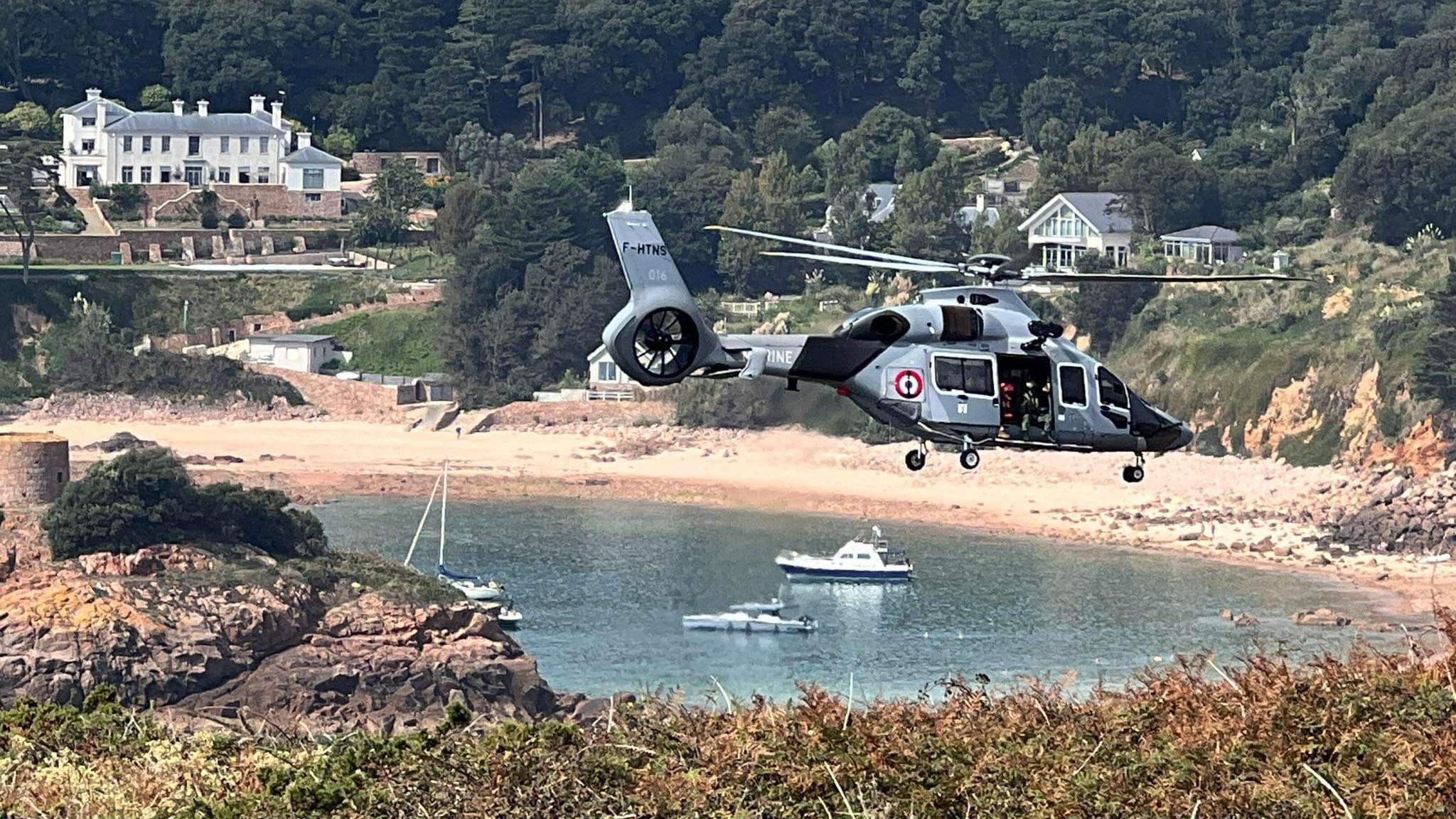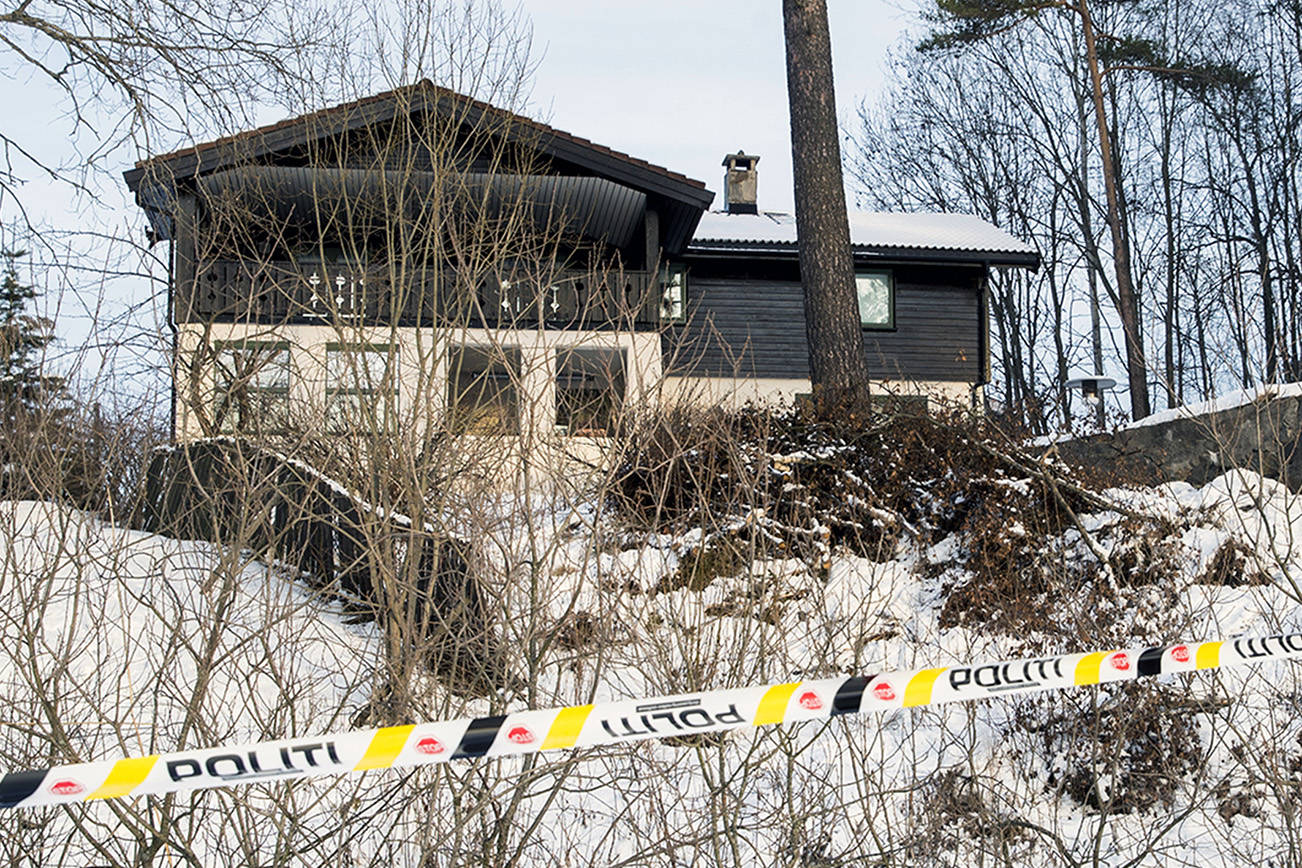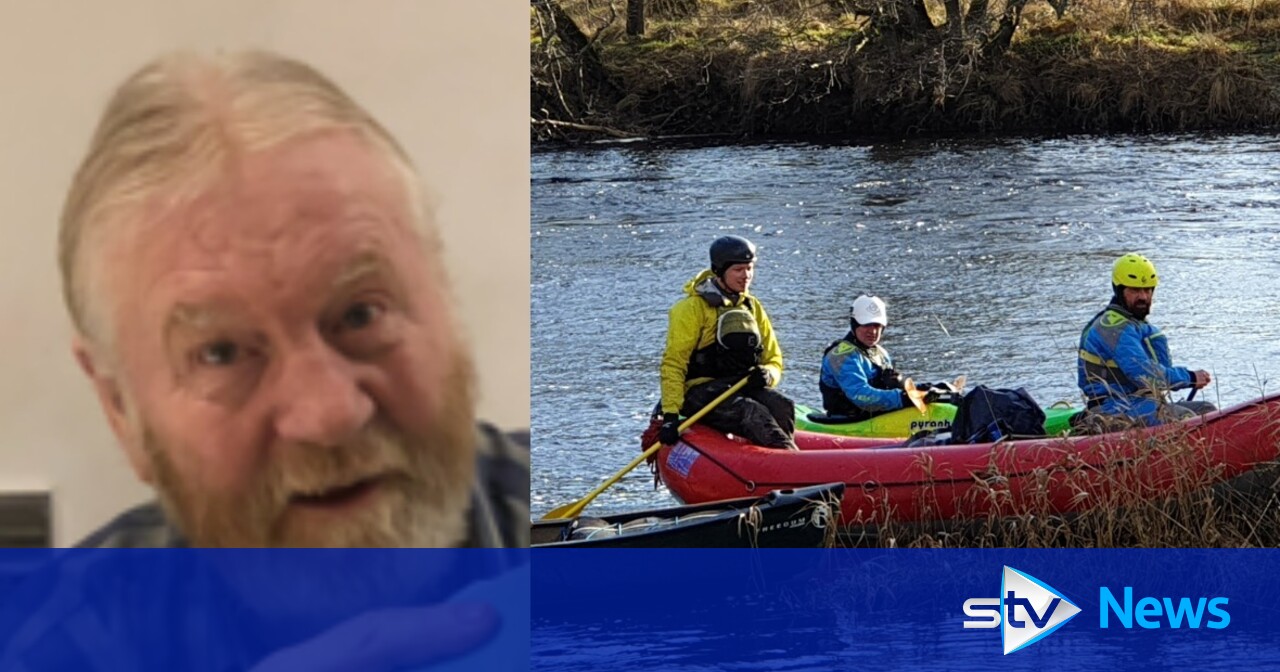Rescue team ends search for a man overboard from Norwegian. This gripping account details the intense search operation launched after a man fell overboard off the coast of Norway. We’ll explore the challenges faced by the rescue team, the circumstances surrounding the incident, and the lessons learned from this unfortunate event. From the initial response to the final stages of the search, we’ll uncover the complexities of maritime rescue efforts and the crucial role of preparedness and coordinated response.
The narrative will cover the search methods used, the characteristics of the missing person, and the unique aspects of maritime law and rescue protocols in Norway. We’ll also delve into the post-search procedures, analysis of the incident, and recommendations for improving future responses to similar situations. Think of it as a case study in maritime safety and rescue, highlighting both the successes and areas for improvement.
The Norwegian Man Overboard Incident: Rescue Team Ends Search For A Man Overboard From Norwegian

This article details the search and rescue operation following a “man overboard” incident off the coast of Norway. The operation highlights the challenges and complexities involved in such events, emphasizing the coordinated efforts of various agencies and the importance of robust safety protocols.
The Search Operation
Upon receiving the “man overboard” report, the Norwegian Coast Guard initiated a swift response. A rescue team, comprising Coast Guard personnel, local fishermen, and potentially a helicopter crew, was assembled. Their equipment included life rafts, rescue boats equipped with advanced navigation and communication systems, thermal imaging cameras, sonar equipment, and potentially drones for aerial surveillance. The exact composition of the team and specific equipment utilized would depend on the specific circumstances of the incident.
The search area was determined based on the last known position of the missing individual, factoring in sea currents, wind direction, and water temperature. Sea conditions, including wave height, visibility, and water temperature, significantly impacted the search strategy. Strong currents and limited visibility would necessitate a broader search area and the deployment of more sophisticated equipment.
Search methods employed likely included visual searches from boats and aircraft, sonar scanning of the water column, and the use of drones for wider area coverage. Visual searches were complemented by sonar technology to detect submerged objects. Drones offered a significant advantage in covering a large area quickly, especially in challenging weather conditions. The choice of methods was determined by factors such as the size of the search area, the available resources, and prevailing environmental conditions.
Visual searches are often the initial method employed, followed by more advanced techniques if needed.
A timeline of the search, detailing key decisions and events, would typically include the time of the initial report, the deployment of rescue assets, the identification of the search area, the commencement of various search methods, any significant findings or changes in search strategy, and the eventual conclusion of the search.
The Missing Person
A detailed description of the missing person, including age, physical characteristics (height, weight, build, hair color, eye color), clothing worn at the time of the incident, and any distinguishing features, would have been crucial for the search. Information about any medical conditions or allergies would also be important.
The circumstances of the incident—how the man went overboard—needed to be investigated. This might involve witness accounts from those on board the vessel, reviewing ship logs, and analyzing potential contributing factors.
Potential contributing factors to the incident could include adverse weather conditions (high winds, rough seas), the type of vessel (size, stability), and adherence to safety procedures (use of life jackets, man overboard drills). Poor visibility, equipment malfunction, or human error could also be factors.
A hypothetical profile of the individual, including their swimming ability and potential survival skills, would assist in determining the likelihood of survival and the areas of focus in the search. Factors such as physical fitness, experience in the water, and presence of any survival equipment would influence this assessment.
The Norwegian Context, Rescue team ends search for a man overboard from Norwegian

Norway has strict maritime laws and regulations governing safety at sea. These laws mandate specific safety equipment on vessels, crew training requirements, and reporting procedures for maritime incidents. Specific regulations related to man overboard situations would dictate the response protocols.
Typical response protocols in Norway for “man overboard” situations involve immediate notification of the Coast Guard, initiating a search and rescue operation based on established procedures, and potentially coordinating with other agencies like local police or emergency medical services. The response is often swift and efficient, leveraging advanced technology and trained personnel.
Comparing the Norwegian response to similar incidents in other countries would involve examining the efficiency of the rescue efforts, the resources employed, and the overall outcome. This comparison would highlight best practices and areas for improvement in international maritime safety.
The Norwegian Coast Guard plays a central role in coordinating and executing search and rescue operations. Other agencies, depending on the circumstances, might include local police, emergency medical services, and potentially the military. Their roles are clearly defined and coordinated to ensure a seamless response.
Aftermath and Analysis

After concluding the search, procedures would involve formally notifying the next of kin, conducting a thorough post-incident review to analyze the events, identify areas for improvement, and prevent similar incidents in the future. This review would include detailed documentation and analysis of all aspects of the operation.
Key findings from the search operation would be compiled into a structured report. This report would detail the circumstances of the incident, the search methods employed, the challenges encountered, and the ultimate outcome. The report would serve as a valuable resource for future reference and training.
Recommendations for improving future responses would include enhancing safety protocols on vessels, improving crew training in emergency procedures, and investing in advanced search and rescue technologies. The goal is to minimize the risk of future man overboard incidents and to improve the effectiveness of rescue operations.
So, the Norwegian rescue team called off the search for the man overboard – a really sad situation. It makes you think about how fragile life can be, even compared to, say, the stability of, well, Homes under construction hang in balance as Bensons Property , which are facing their own kind of uncertainty. Back to the search, though – hopefully, they’ll find some answers soon.
The experience gained from this incident would be invaluable for maritime safety training and education. Lessons learned would be incorporated into training programs for seafarers, Coast Guard personnel, and other relevant stakeholders. This would enhance preparedness and improve the overall safety of maritime operations.
Visual Representation of Search Area

The search area was centered around [Geographical Location, e.g., a specific set of coordinates or a prominent landmark]. The area encompassed [Size of search area, e.g., a radius of X nautical miles] and included key landmarks such as [List of landmarks, e.g., islands, reefs, shipping lanes]. The search was divided into zones based on the prevailing currents and wind patterns, allowing for a systematic and efficient search.
The seafloor topography also influenced the search strategy, particularly in areas with significant depth changes.
| Date | Time | Location (Coordinates or Landmark) | Search Method | Results |
|---|---|---|---|---|
| October 26, 2024 | 14:00 | 60°N 5°E | Visual Search (Boat) | Negative |
| October 26, 2024 | 16:30 | 60.1°N 5.2°E | Sonar Scan | Negative |
| October 27, 2024 | 08:00 | Area around Skjolden Island | Drone Search | Negative |
| October 27, 2024 | 10:00 | 60.2°N 4.9°E | Visual Search (Helicopter) | Negative |
Last Recap
The conclusion of the search for the man overboard off the Norwegian coast serves as a stark reminder of the inherent dangers of maritime activities and the vital importance of robust safety protocols. While the outcome may be somber, the detailed analysis of this incident offers valuable insights into improving search and rescue operations and enhancing maritime safety training. The lessons learned from this experience will undoubtedly contribute to preventing similar tragedies in the future, emphasizing the need for continuous improvement and proactive measures in maritime safety.
Question Bank
What type of vessel was involved?
This information would be included in the detailed account of the incident, specifying the vessel’s type and size.
So, the Norwegian rescue team called off the search for the man overboard – a tough break. Meanwhile, for a completely different kind of drama, check out where to catch the Texas A&M vs. USC game: Texas A&M vs. USC where to watch, live stream, TV channel. Back to the rescue mission, hopefully, there’s a positive outcome still possible despite the search ending.
Were there any witnesses to the incident?
The investigation would determine if any witnesses were present and their statements would be part of the report.
What was the weather like during the search?
So, the Norwegian rescue team called off the search for the man overboard – a tough situation, right? It makes you think about unexpected events and how to plan for them, which is why understanding financial regulations is also important. Check out this helpful guide on Understanding The New IRS DeFi Broker Tax Regulations to better prepare for life’s curveballs, just like the unpredictable sea.
Hopefully, the man overboard situation will have a positive outcome, just like learning about these tax regulations can bring financial peace of mind.
Sea conditions, wind speed, and visibility would be key factors detailed in the timeline of the search operation.
What kind of sonar equipment was used?
The specifics of the sonar technology employed would be included in the description of search methods.